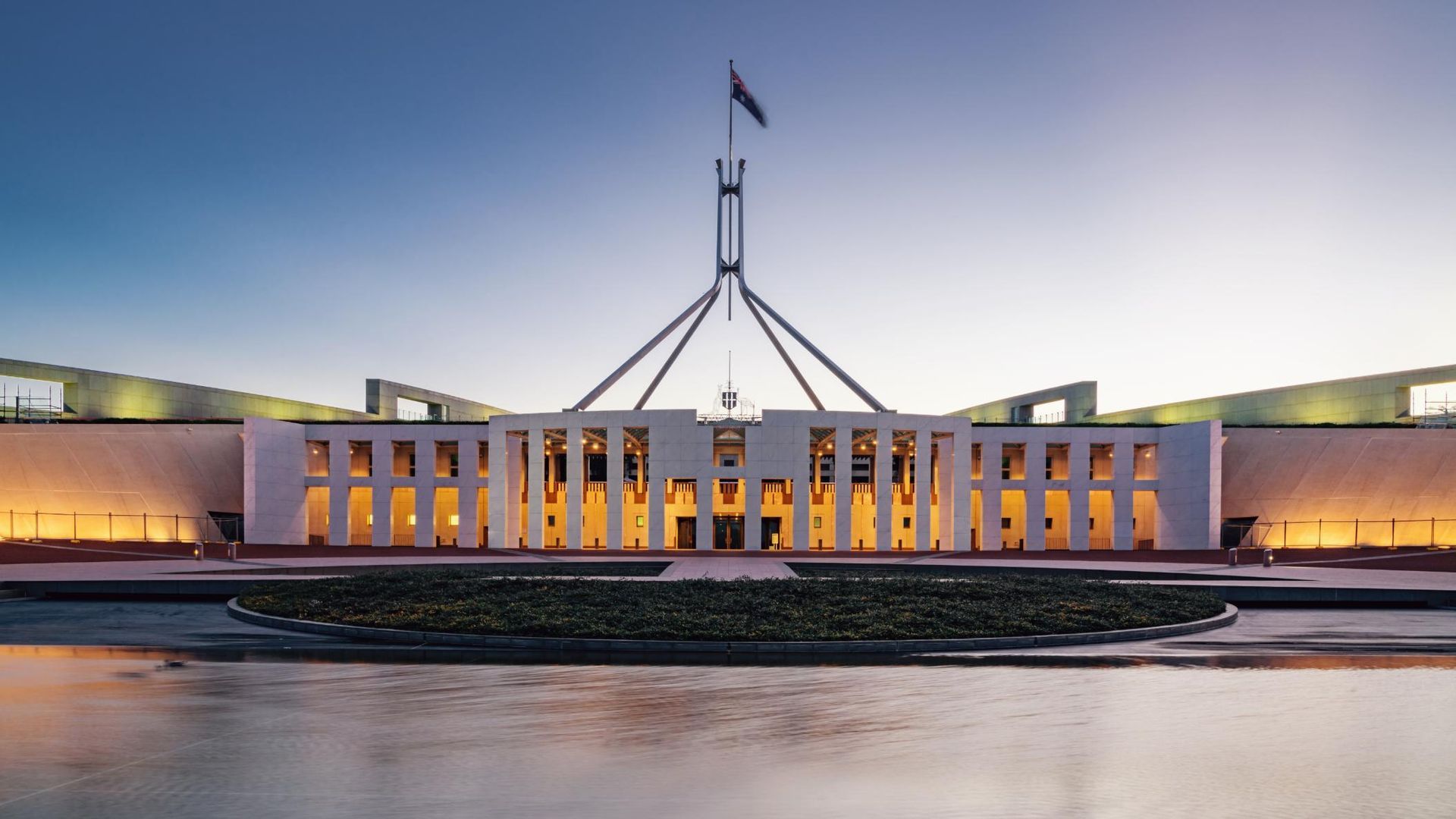Cosmetic Advertising Changes: What You Need to Know
In this article
Related Articles
Tips to grow your business
from the experts
The
Therapeutic Goods Administration
(TGA) announced further amendments to the guidelines surrounding advertising for the cosmetic industry in March, impacting thousands of Australian businesses. This update requires businesses to re-evaluate their marketing strategies and adapt to ensure compliance with updated advertising requirements related to Schedule 4 substances, namely prescription-only cosmetic injectables.
What Has Changed in the TGA Guidelines ?
As stated by the TGA, either directly or indirectly, you cannot make any reference in your advertising for cosmetic injection services to prescription-only substances or to product trade names of such products. This restricts the use of terms directly associated with prescription-only substances, like “dermal fillers” or “anti-wrinkle injections,” in any marketing materials to prevent indirect advertising of prescription medicines.
What You Need to Do to Ensure your Business is Compliant:
1. Transition your focus to service-oriented language.
Highlight the personalised consultation process and the comprehensive nature of your anti-aging solutions. Replace terms like “wrinkle-reducing injections” with phrases like “non-invasive rejuvenation consultations” or “personalised anti-aging plans.”
2. Review and revise existing marketing materials.
Ensure all forms of advertising, including website content, social media posts, and print materials, comply with the updated regulations. Seek legal counsel if necessary for comprehensive guidance on aligning your existing materials with the new requirements. Speak with your marketing providers to ensure they’re making the changes required.
3. Stay informed and remain proactive.
The TGA will be providing updated guidance and hosting educational webinars to assist businesses in navigating the new regulations. Regularly check the TGA website for access to these resources and ensure your understanding of the evolving regulatory landscape.
10 FAQs: Understanding the Cosmetic Surgery Advertising Guidelines
1. What products and services do the new guidelines apply to?
The guidelines apply to:
- Anti-wrinkle injections.
- Dermal fillers.
- Any injectable products used for improvement of the appearance of submental fat.
It should also be noted this includes acronyms, nicknames, abbreviations, and hashtags, which may be taken by a consumer as a reference to a specific prescription-only medicine or substance, such as Botox, Restylane, or associated terms like “wrinkle reducing injections.”
2. What do I need to remove from my advertising?
- The terms “dermal filler,” “injections,” “injectables,” and “anti-wrinkle injections.”
- All before & after images (including consultation images).
- Price lists for the regulated products.
- Any mention of prescription medicines brand names (e.g Botox or Restylane.)
- Social media hashtags must not include the terms listed above.
- Testimonials on above terms.
3. Do I need to remove these terms from my URL?
Yes, if you are using the above terms in your URL you will be required to remove then
4. Do I need to remove these terms from my business or/and trading name?
Yes, you will be required to remove these terms from your business or trading name.
5. How do these guidelines impact my business?
Rest assured, these guidelines are in place to ensure ethical advertising practices. By aligning your advertising with these standards, you not only contribute to a more transparent industry but also build trust with your audience. If you have any concerns about your current marketing, we’re here to help.
6. Who do these changes apply to?
These changes will apply to anyone in the beauty, cosmetics and medical industries.
7. Can I still use social media for advertising my cosmetic surgery services?
Absolutely. Social media remains a valuable tool for advertising regulated health services, including cosmetic surgery. However, it’s essential to be vigilant about the content on your public and private profiles, ensuring it complies with the guidelines.
8. How can I create advertising content that adheres to the guidelines?
Good practice involves providing balanced and accurate information. Focus on the overall service experience, including customer service and unique selling points outside of the Schedule 4 substances.
9. Can your team help my business transition smoothly to these new guidelines?
Absolutely. Our experienced team specialises in guiding businesses through industry changes.
10. Where can I find more information about these guidelines?
For more detailed guidance and information, it’s advisable to refer to the official guidelines and consider legal advice to ensure full compliance.
As the cosmetic surgery advertising landscape evolves, our commitment to assisting your business in adapting remains unwavering. By staying informed and collaborating with our experts, your business can thrive within the framework of these new guidelines, ensuring a positive and compliant online presence.
Please note this blog is intended for general informational purposes only and should not replace any legal or other professional advice.

















